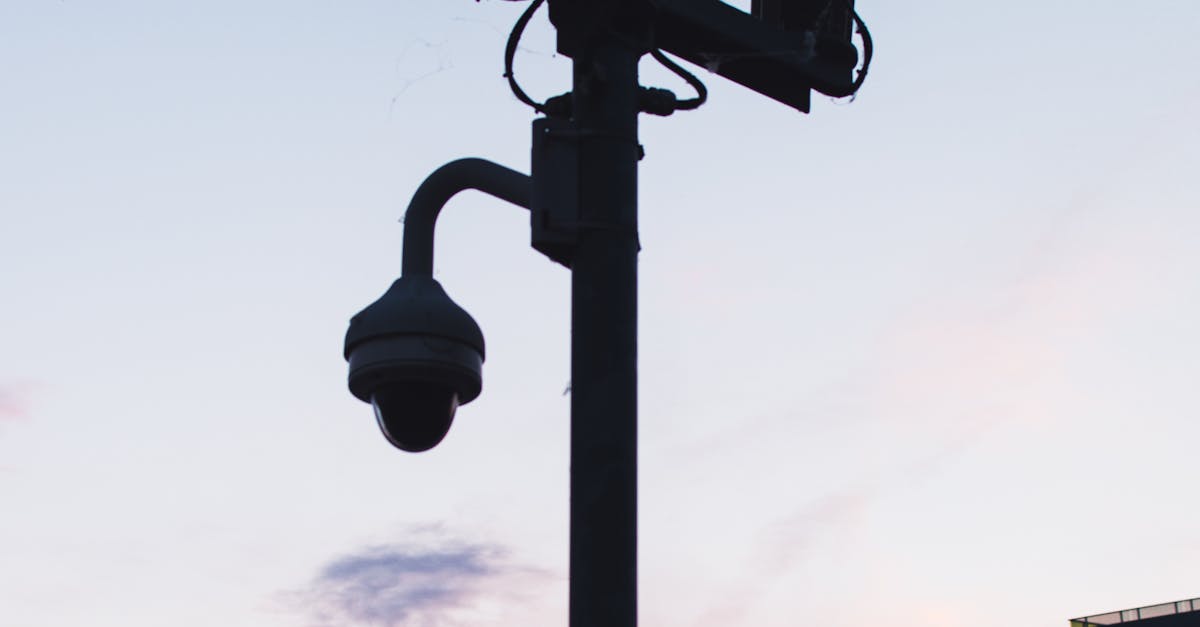
Best Practices for Operating and Maintaining Zoom Cameras in Drain Inspection
Table Of Contents
Training Your TeamSoftware Updates and Maintenance
Training your team on how to operate and maintain Zoom cameras for drain inspection is crucial for ensuring smooth and effective operations. Proper training ensures that your team is equipped with the necessary knowledge and skills to utilize the cameras efficiently during inspections.
Start by familiarizing operators with the various camera functions and controls. Ensure that they understand how to zoom in and out, pan the camera horizontally, tilt it vertically, and focus the lens. Practical hands-on training sessions are essential for operators to gain confidence and proficiency in using the Zoom cameras effectively.Ensuring Cameras Run on Latest Firmware
Familiarising Operators with Camera FunctionsPreventing Potential Corrosion on Drain Cameras
arise during inspections. Regular training and review of these protocols with the inspection team are essential to ensure consistency and adherence to best practices.
Implementing Regular Inspection SchedulesCan I use any cleaning solution to wipe down drain cameras after use?
Regular inspection schedules are vital for maintaining the efficiency and effectiveness of zoom cameras used in drain inspection operations. By implementing a structured timetable for inspections, operators can identify potential issues early on and address them promptly. This proactive approach helps in preventing costly repairs and ensures that the cameras are always in optimal working condition.Best Practices for Using Drain Cameras in Wet Environments
Establishing a regular inspection schedule also promotes consistency and reliability in the inspection process. Operators can plan their maintenance activities more effectively, ensuring that all cameras are checked at appropriate intervals. This systematic approach not only extends the lifespan of the equipment but also enhances the overall quality of inspection services provided to clients.When using drain cameras in wet environments, it is crucial to take necessary precautions to protect the equipment from potential damage. To begin with, always ensure that the camera is securely waterproofed before submerging it into water. This will prevent any water from seeping into the sensitive electrical components and causing malfunctions. Additionally, it is advisable to use protective covers or casings for the camera to shield it from splashes or direct exposure to moisture.
FAQSMoreover, it is essential to handle the camera with care and avoid any abrupt movements or impacts while it is in use in wet conditions. Sudden jerks or knocks can not only affect the quality of the footage but also damage the internal mechanisms of the camera. By keeping a steady hand and being mindful of the surroundings, you can prolong the lifespan of the drain camera and ensure reliable performance in challenging environments.
What is the importance of training your team in operating Zoom cameras for drain inspection?Drying and Cleaning Cameras After Use
Training your team in operating Zoom cameras ensures efficient and effective use of the equipment, leading to accurate inspections and quicker identification of issues.After using mounted drain cameras, it is crucial to properly dry and clean them to ensure their longevity and optimal performance. To begin, carefully wipe down the camera body using a clean, dry cloth to remove any debris or moisture. Pay close attention to the lens and joints where dirt and grime may accumulate. Avoid using harsh chemicals or excessive force when cleaning to prevent damaging the camera components.
How can operators familiarise themselves with the functions of Zoom cameras?Once the exterior is clean, focus on drying the camera thoroughly. Use a soft, lint-free cloth to gently pat the camera dry and ensure all moisture is removed. Additionally, allow the camer
When wiping down cameras after exposure to moisture, pay special attentTips for Achieving Clear and Detailed Imaging with Zoom Cameras in Drain Inspectionsion to all parts of the equipment, including the lens, body, and cables. Use gentle wiping motions to remove any moisture or residue that may have accumulated. Additionally, it is important to let the cameras air dry completely before storing them away to prevent any lingering moisture from causing damage over time. Regular maintenance in this manner can extend the lifespan of the cameras and maintain their effectiveness in drain inspections.
Troubleshooting Common Issues with Zoom Cameras During Drain InspectionsFAQS
Related Links